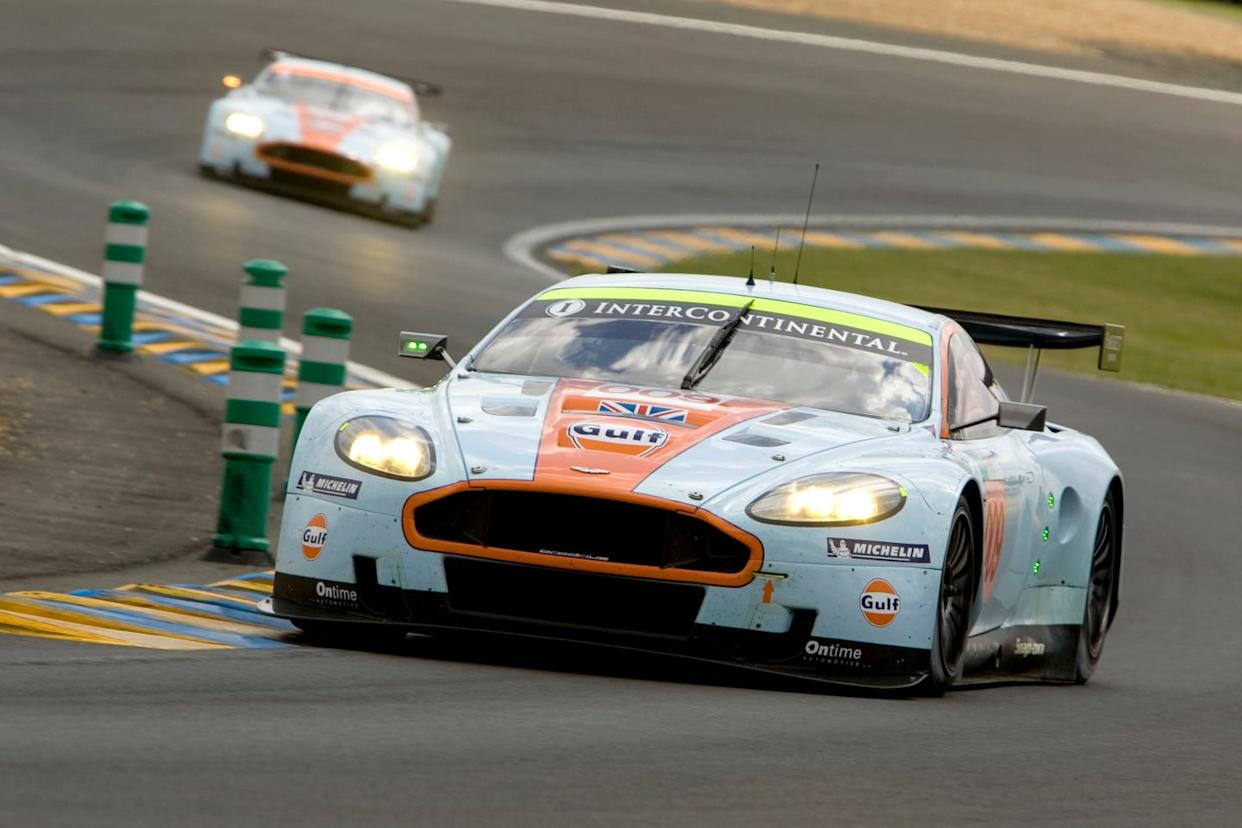
Unlike the Tadek Marek–designed inline-six that defined much of Aston Martin’s legend, the company’s V-12 originated far from Aston’s British homeland. The engine was designed and engineered in Michigan during the Nineties, making Aston one of the most recent luxury brands to enter the 12-cylinder era.
After taking control of Aston Martin starting in 1987, Ford green-lit the DB7. The coupe and convertible GT were based on a canceled Jaguar proposal and powered by
a supercharged Jag inline-six. But it was obvious Aston would need a grander powerplant to live up to its new owner’s aspirations for the brand. Ford had already been working on several putative V-12 projects at the time, although none of these influenced the Aston engine. Inspiration instead came from the humble Duratec V-6 that was in development (and on which Porsche had done some early work).
The V-12 project was run by a small group of young engineers within Ford’s Advanced Powertrain department, and contrary to rumors, the engine is not simply the combination of two Duratec sixes. The Aston engine has a custom block made from a more advanced alloy, larger bearings, and different cylinder liners but shares piston assemblies and valvetrain components.
The first car to get the spiffy new 5.9-liter V-12 was the 2000 DB7 Vantage, and it proved such a hit that the inline-six DB7 was dropped within a year. At its debut, the V-12 made 414 hp and 398 lb-ft, but it was soon clear that plenty of scope had been left to improve those numbers. The first-gen Vanquish, which was introduced for 2002 and premiered Aston’s new bonded-aluminum architecture, increased power to 460 hp. Output continued to grow steadily, and by the end of its life, the 5.9 made 580 hp and 465 lb-ft in the second-gen Vanquish S.
From the start, the V-12 had also been designed for motorsport—even though Aston had no racing program when the project began. The prophecy came true with the DBR9 race car, which took back-to-back GT1 class wins at the 24 Hours of Le Mans in 2007 and 2008.
Tightening emissions targets killed the original V-12 after the 2019 Rapide S, but the engine served as the basis for the substantially altered twin-turbo 5.2-liter V-12 that replaced it in the 2017 DB11. It keeps the same bore centers, cylinder diameter, and timing gear, and was initially assembled by Ford in Germany until Aston took production in-house in 2020. Output continues to trend upward, with the new Vanquish’s 824 hp and 738 lb-ft almost certainly not where the story will end.
2000 Aston Martin DB7 Vantage
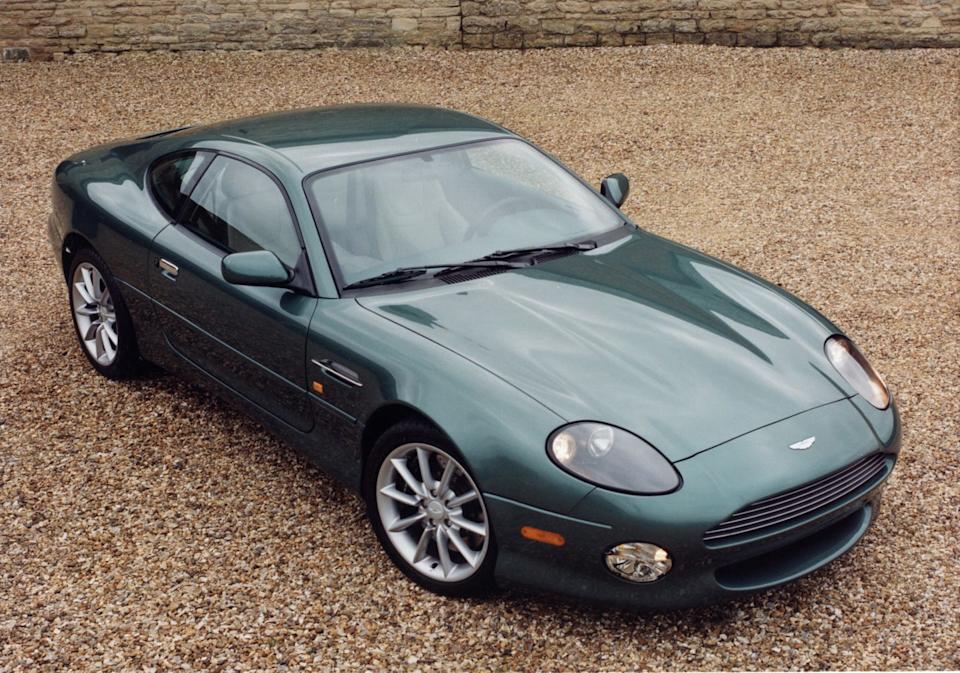
2002 Aston Martin Vanquish
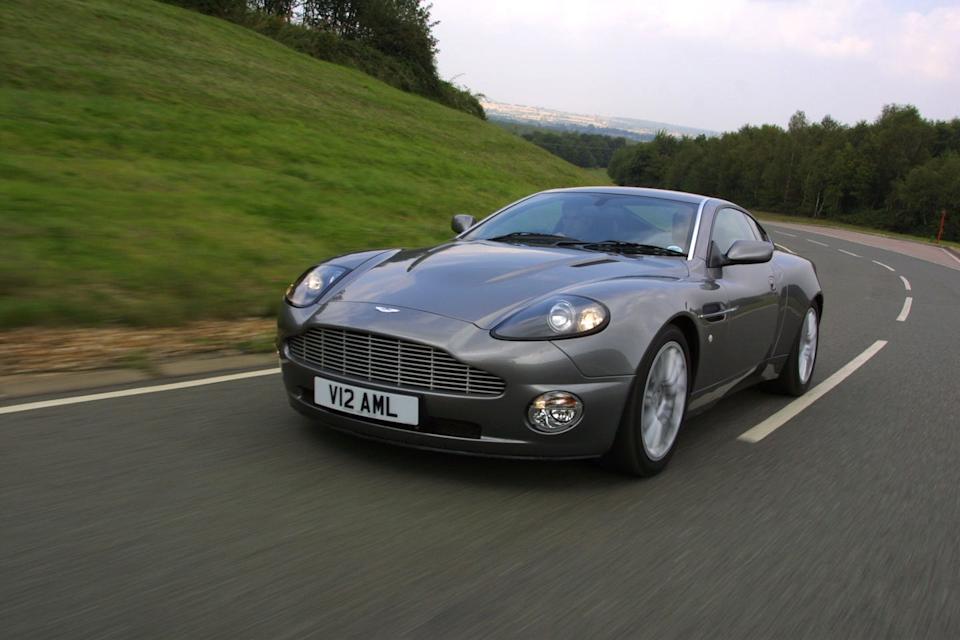
2007 Aston Martin Vanquish
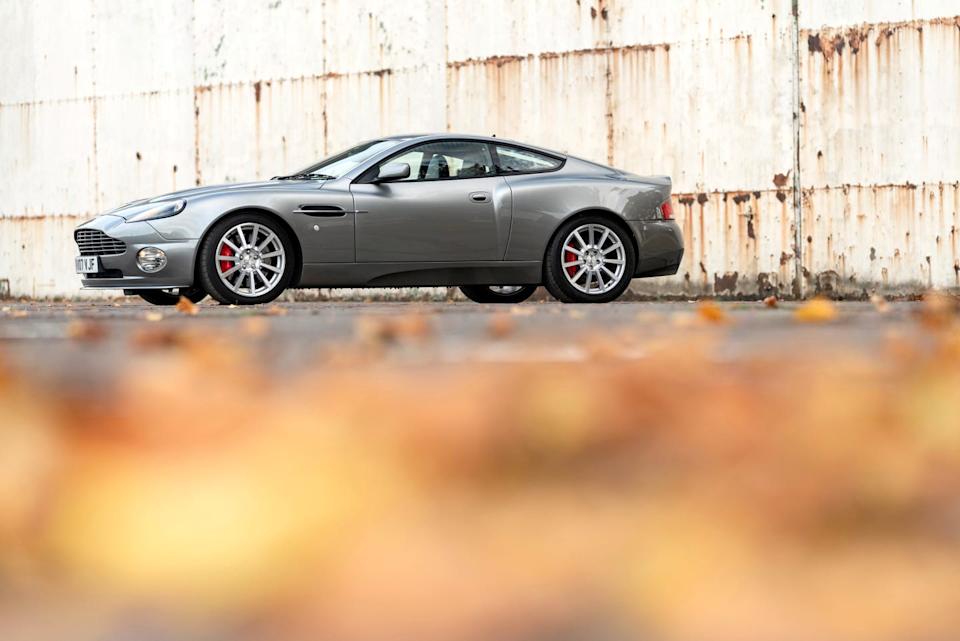
Aston Martin DBR9 at the 24 Hours of Le Mans
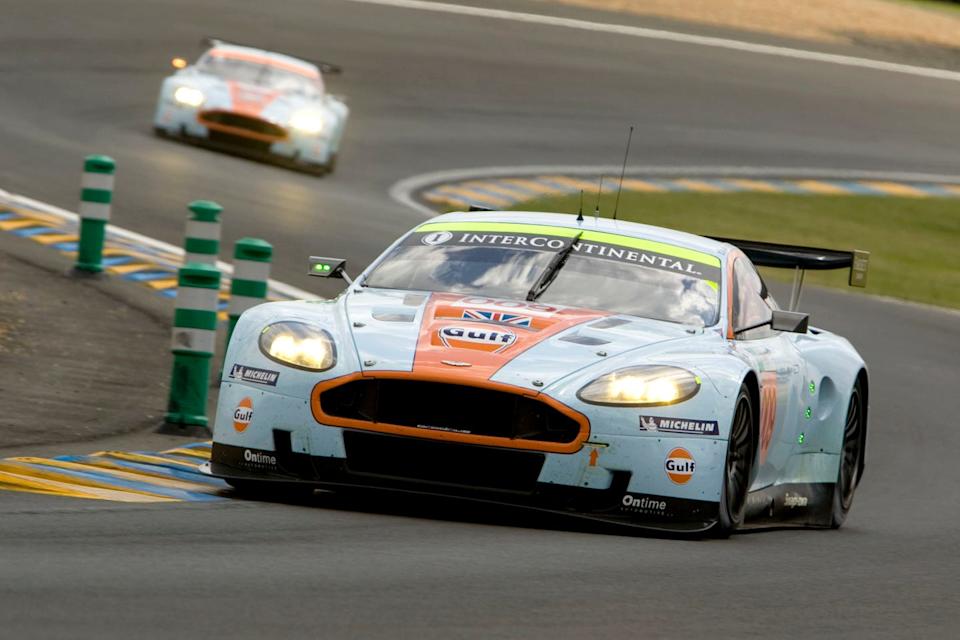
2017 Aston Martin DB11
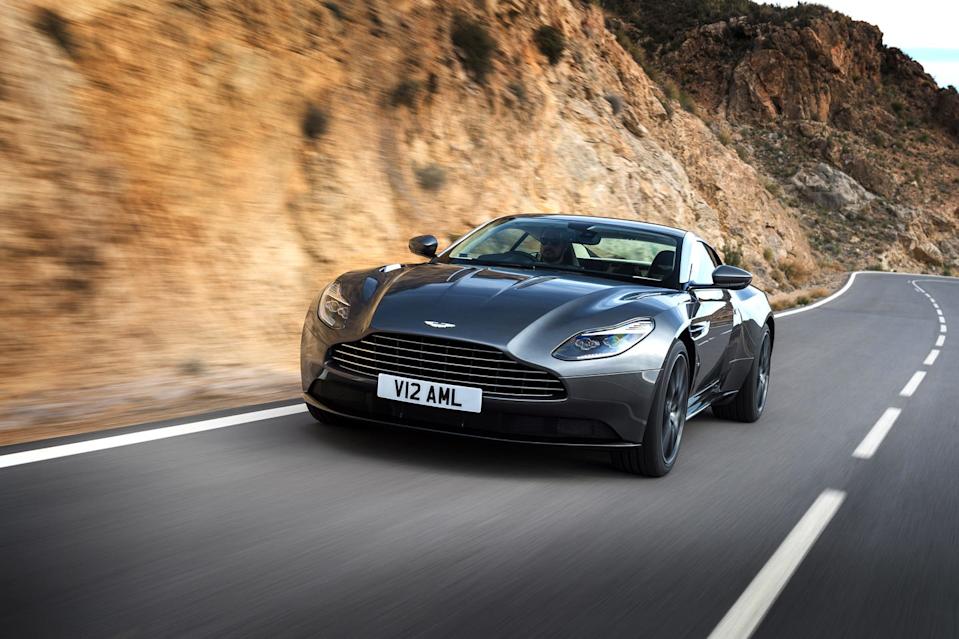
You Might Also Like

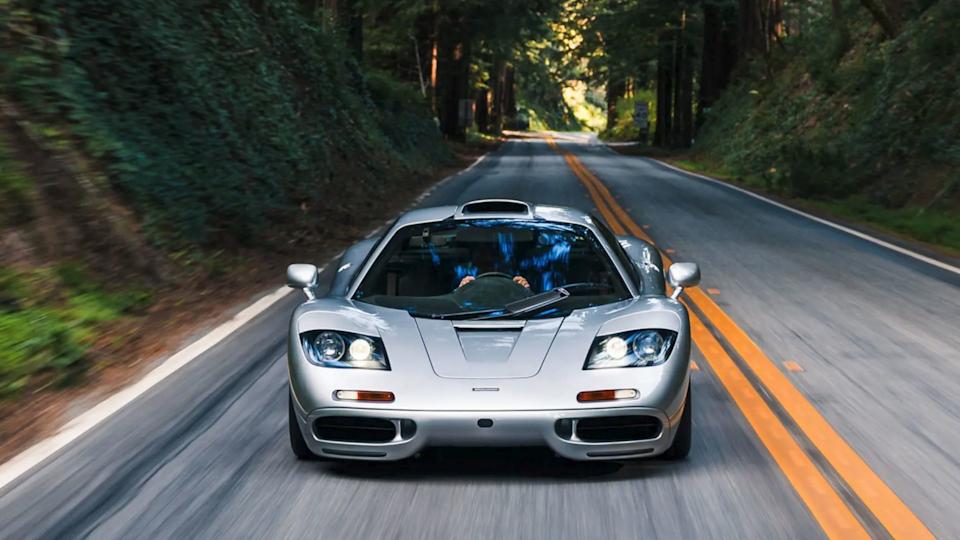


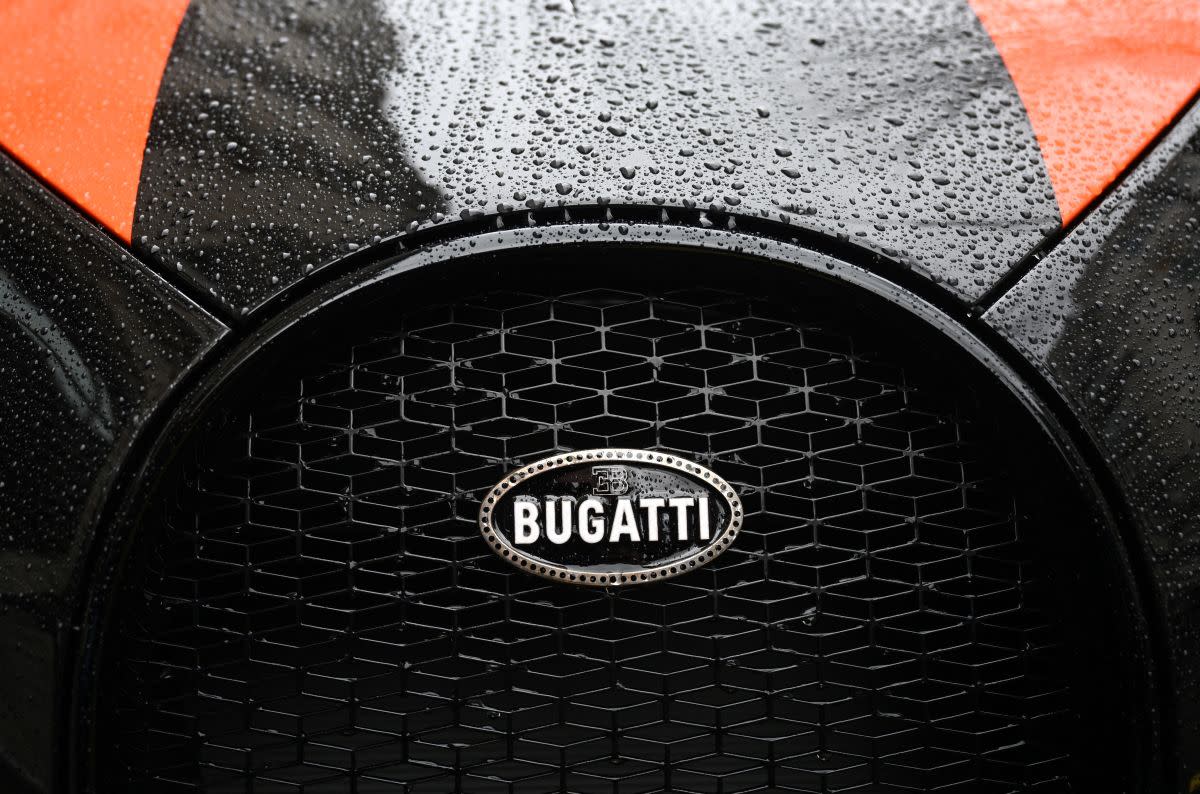
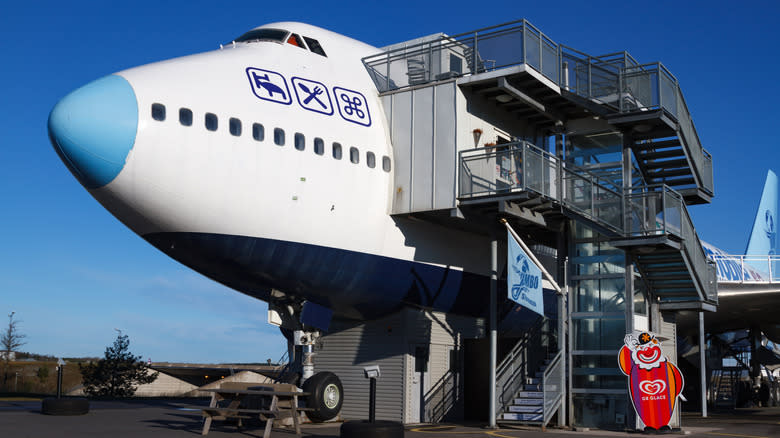

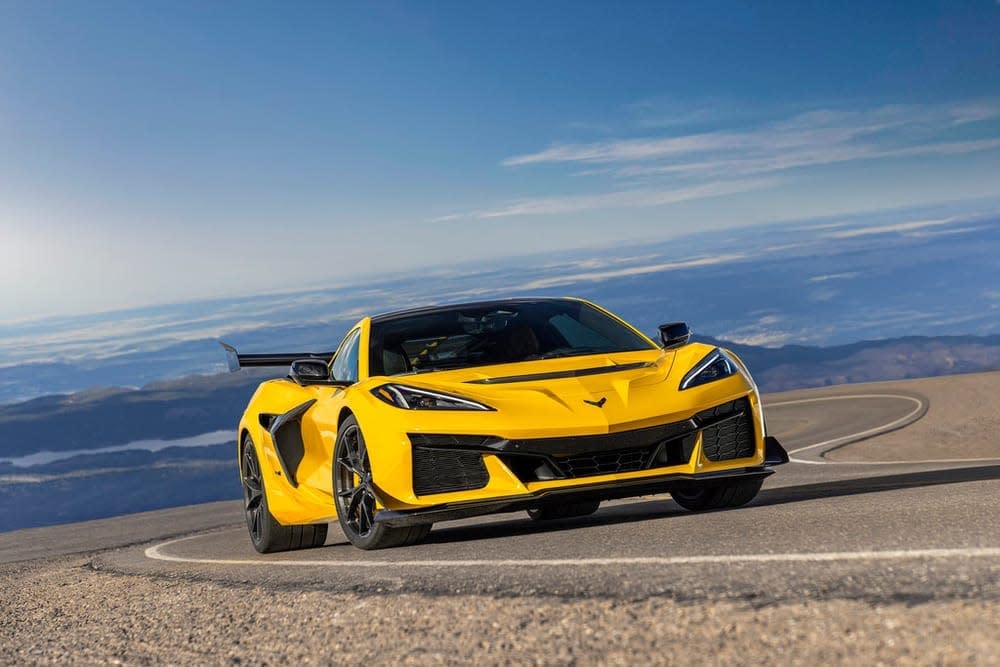
Comments